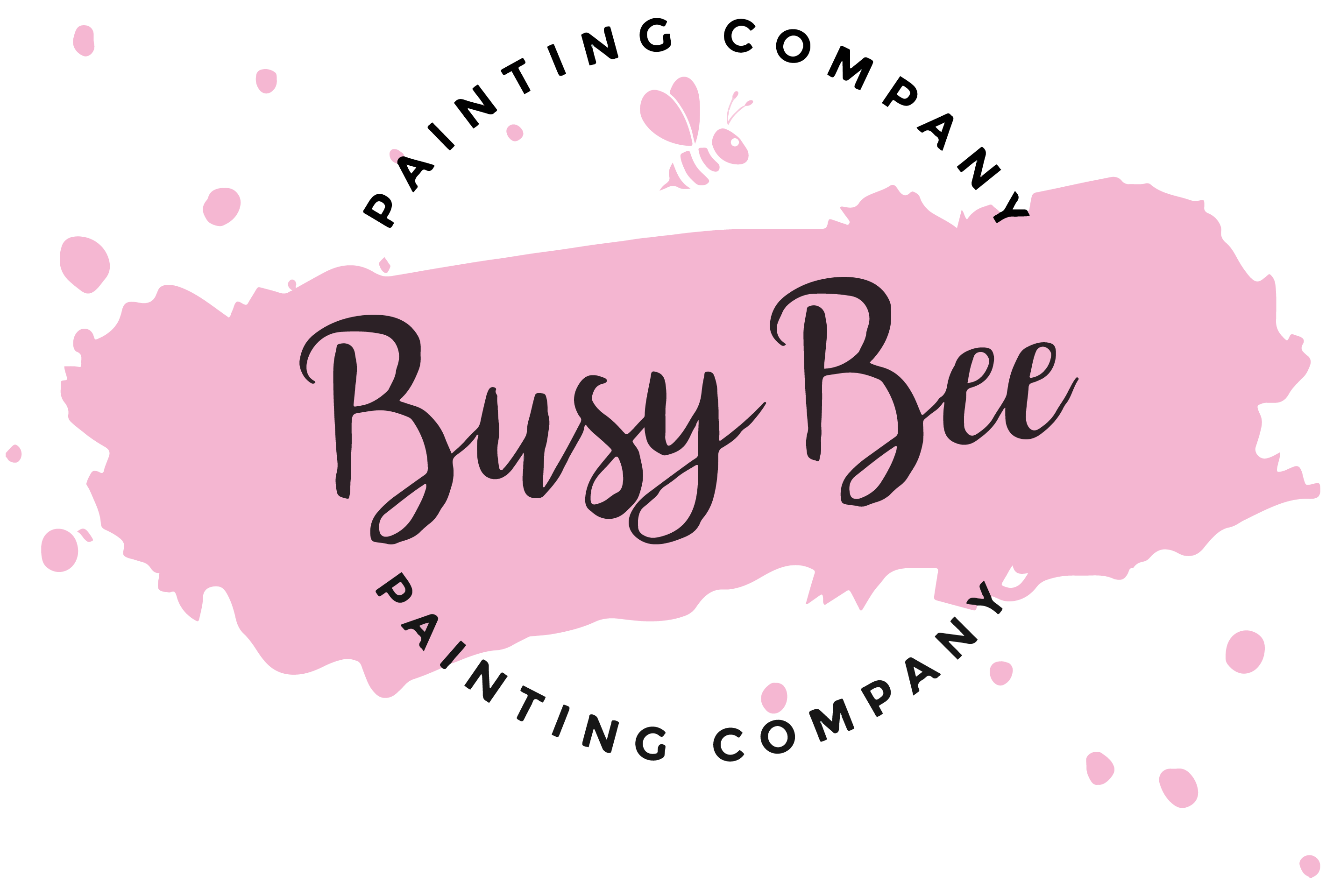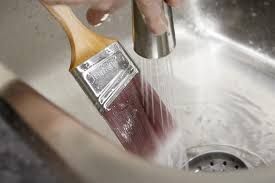Completing the paint job around the house was quite satisfying, and the results are impressive. Now, the only challenge is dealing with the aftermath of cleaning up those paint-covered brushes. Should you resort to soaking them in gasoline, throw them in the washing machine, consider disposal, or head back to the store for cleaners and thinners?
When it comes to cleaning a paintbrush used with latex-based paint, which is prevalent in the market, the process is more manageable. Latex paint bonds well with various surfaces, making it suitable for home or office projects. The advantage is that while the paint is still wet, it can be easily removed with a clean, damp rag. This advice primarily focuses on cleaning brushes used with regular latex-based paint rather than oil-based paints, which may require solvents or cleaners.
The initial step in effectively cleaning a brush exposed to latex-based paint is to ensure the brush remains wet with paint during its use. Never leave a wet paintbrush out to dry, as dried paint will be significantly harder to remove. When you need to set the brush aside momentarily, leave it in the paint bucket or dunk it, then let it rest flat on a paint can lid.
Once you are certain that your project is completed, meaning you no longer need the brush, take it to the nearest sink for rinsing. Basement sinks, often referred to as "muck-tubs," are ideal, but any household sink will suffice. As long as the paint is still wet, it will slide down the drain without adhering to the sink's surface.
Turn on the faucet with lukewarm water, holding the brush at a forty-five-degree angle so that the bristle tips touch the bottom of the sink basin, directly under the faucet stream. In a gentle, repetitive motion, move the brush up and down under the running water, pushing and pulling the bristles together and apart. This motion, combined with the running water, will help the bristles shed any wet paint. Cleaning time may range from five to ten minutes, so be prepared to invest a little effort. You'll know the brush is clean when clear water runs out from the bristles as you move it. Avoid being too forceful, as excessive force can unnaturally bend or break the brush hairs. For stubborn paint, a bit of steel wool or a small wire brush can help, but a gentle touch is crucial to coax the paint out without causing damage.
In summary, keep your brushes wet while painting, and clean them promptly at the sink when the job is finished. Place the cleaned brush in a dry area to air out, and you can even spin the handle between your palms to "throw" excess water off the brush, just like the pros do it every time.

